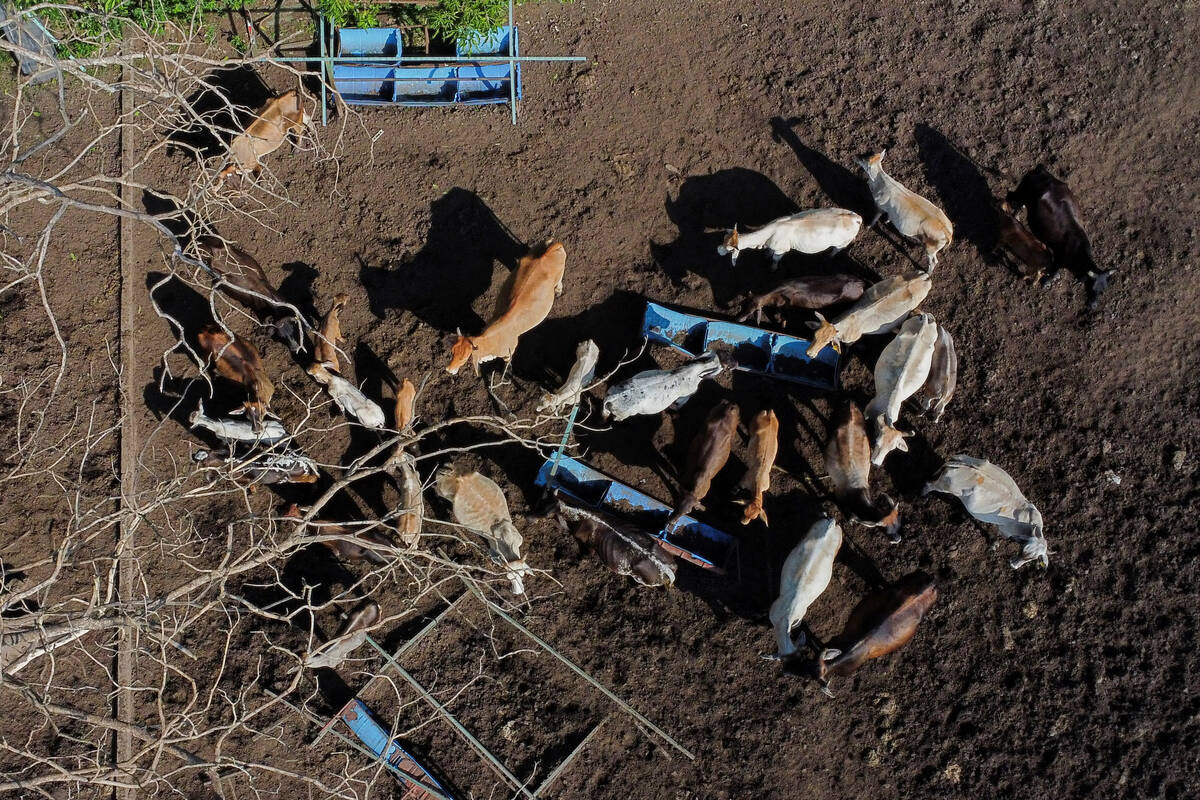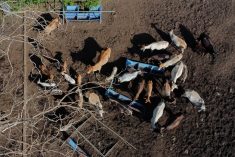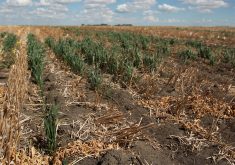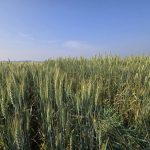The 2,000 pound behemoth eyes Brian Edge.
Brian Edge eyes the behemoth. He has seen this kind of bull before.
He looks over the legs, runs his meaty fingers over the ribs and makes the bull walk in a wide circle. And, for the coup de grace, Edge swishes back the tail to have a look at the equipment.
Edge, a practising bovine veterinarian from Cochrane, Alta., has inspected Calgary Bull Sale entries since 1970. The job has grown easier with time as people began keeping poorer quality bulls at home rather than trying to sell them to unsuspecting buyers.
Read Also

Cattle smuggling worsens outbreak in Mexico
Cattle being smuggled across Mexio’s southern border are making a screworm outbreak much more difficult to control.
“People do their work at home. They cull a lot harder,” he said during a break in a long and hectic day.
With more than 600 entries, Edge and the crew have to check about 275 yearling and two-year-old bulls a day.
The checks vary from year to year. Several years ago, the sale followed an unusually cold winter. Bulls were coming to Calgary with frozen testicles and permanent reproductive damage. They were pulled from the sale.
Edge sees the bulls in their original state, without a shampoo, shave or styled hair.
They are examined for soundness, but every bull must also carry a semen certificate, health papers, a travel manifest and pedigree. A brand inspector is on hand as well.
After inspection, each animal heads through the chute where it receives a red Calgary Bull Sale ear tag identifying its lot number. At the same time someone is checking the other ear for the purebred tattoo.
While some bulls get skittish with all this attention, most amble onto the computerized scale without argument.
Since the sale is held in the middle of calving season, Edge leaves his family and crew behind on the ranch where 700 cows are ready to give birth at any minute.
When he was younger, Edge worked at three veterinary clinics, but is now based in Cochrane. There are no finicky lapdogs or guinea pigs for him.
“It has to be in a chute, or I won’t touch it,” he says.















